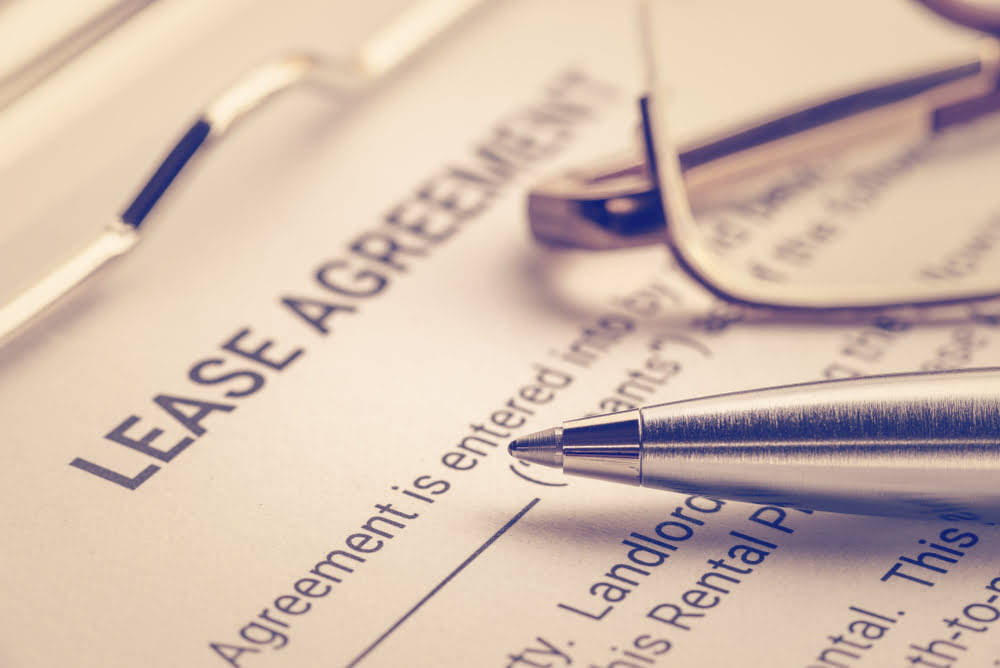
If you don’t currently have a line of credit, talk to your financial institution. The processes you set up in steps one through four (accurate numbers and forecasts, lean expenses, and solid receivables and payables) will help make your application attractive to lenders. With vendors, see if you can negotiate terms that align with your cash flow without straining the relationship.
Weekly and Monthly Cash Handling Reviews

By incorporating these checklists into your cash handling procedures, you can ensure that best practices are consistently applied, and any deviations are quickly identified and corrected. They also serve as a training tool for new staff and a refresher for existing employees, promoting a culture of compliance and vigilance in cash management. It involves tracking Certified Public Accountant and controlling the flow of cash in and out of the establishment, ensuring that enough cash is on hand to cover expenses, and safeguarding against loss or theft. Effective cash management can mean the difference between a thriving restaurant and one that struggles to keep its doors open. In this section, we delve into the significance of understanding cash flow and implementing measures to reduce theft and errors in restaurants. In conclusion, the path to restaurant success is multifaceted, but one of the core elements that cannot be overlooked is cash management.
- When you have a cash surplus, set aside some excess cash in an emergency fund separate from your normal operating account.
- It shows what inventory isn’t moving, what has been over-ordered, which foods are spoiling the fastest, and reveals if any theft is going on.
- Once the cash has been counted and reconciled, securely storing or depositing cash is the final step in the daily cash management checklist.
- Understanding your restaurant’s cash flow involves creating a cash flow statement and subtracting cash outflow from cash inflow over a given time frame.
- In conclusion, effective cash management is a cornerstone of a profitable and sustainable restaurant business.
Set Up a Reliable Credit Line
- And like any good chef, a good restaurant owner knows the importance of balance – in this case, between culinary passion and financial management.
- When all else fails, a line of credit or working capital loans can be a lifesaver in times of tight cash flow, helping bridge the gap without disrupting operations.
- By regularly reviewing these insights and incorporating staff feedback, restaurants can refine their cash management procedures to be as effective and efficient as possible.
- Fortunately, you can avoid forming another statistic through several healthy practices.
- A break-even point will factor in your variable and fixed costs to showcase the amount of sales it will take to break even.
Extending terms from 15 or 30 days to 45 or 60 days helps you maintain cash on hand and increase your financial flexibility. Offer multiple payment methods to customers, and if you extend credit to trusted parties, ensure timely collections. There are several ways to manage receivables, including sending reminder invoices, calling customers to remind them of their balance due, and even turning to outside collection agencies. With Manifestly, you can set up recurring audit schedules, ensuring that nothing falls through the cracks. Learn more about scheduling and conducting audits with Manifestly by visiting their ‘How it Works’ page.
Training Staff on Cash Handling Best Practices
As a restaurant owner, chances are that you know your menu inside and out. Furthermore, accurate cash flow management enables informed decision-making regarding investments, expansions, or adjustments to the restaurant’s offerings. By having clear visibility into the financial health of the business, restaurant owners can make strategic decisions that align with their goals and aspirations. Effective cash flow management is essential for the success and growth of your restaurant. Implementing these tips ensures you’re well-equipped to handle the complexities of the restaurant industry. With TGG as your ally, you’re not only managing your cash flow–you’re also laying a foundation for long-term stability and success.
#8. Regular Review and Adjustment of Operating Expenses
It’s about understanding where your revenue comes from and where your expenses go. Effective cash flow management ensures that you always have enough cash to cover your liabilities and invest in growth opportunities. restaurants maintain cash flow One of the largest recurring expenses in a business, besides payroll, is merchant processing fees. An additional approach to restaurant cash flow management is to evaluate current inventory levels. Stocking too much of the wrong product (perishable items) negatively impacts cash flow.

Service Areas
Like inventory, not staying ahead of bookkeeping is one of the reasons restaurants fail. You need to keep up with it and double-check that invoices and bills are paid, the correct amounts are recorded, and that you are tracking all important restaurant accounting financials. To manage your cash one way to improve is to prepare for any incidents—like a missed delivery—by having a diverse supplier list to rely on. You can also ensure you’re getting the best price for your ingredients by comparing multiple vendors at once. Every successful restaurant manager will tell you that routine inventory control has been a reason for their success.


One way to enhance this efficiency is through the use of digital checklists and cash management apps. Manifestly Checklists offers a robust solution that can digitize and streamline the entire cash management process. By converting traditional paper checklists into interactive digital formats, restaurants can ensure that every step in their cash handling procedures is followed meticulously and consistently. This not only minimizes human error but also saves time, as staff can quickly tick off tasks on a tablet or smartphone. One of the most effective restaurant cash flow management strategies is forecasting sales and sticking to budgets. Budgets enable operators to set goals and plan expectations for costs and revenue despite minor adjustments within a period.
- You may be booked solid for reservations in December before the holiday break but completely dead in January when the celebrations have subsided.
- However, with the right documentation and a sound strategy, venues can find simple ways to succeed.
- To learn more about the benefits of self-ordering kiosks, check out the free ebook How the Self-Ordering Restaurant Kiosk Is Changing the Way We Eat Out.
- Most businesses need a boost from a bank loan to get started or turn to credit cards during lean times.
- Avoid over-complicating your online menu with too many dish customizations.
- However, keep in mind that all of these services come with fees—if not right away.
This way, you’ll earn on your operating balances without having to move money between multiple business checking and savings accounts. Get a deposit upfront so you know your staffing and food costs are covered well in advance. Set aside the deposit so cash flow isn’t affected if the client cancels within your grace period and you need to return some of it.
